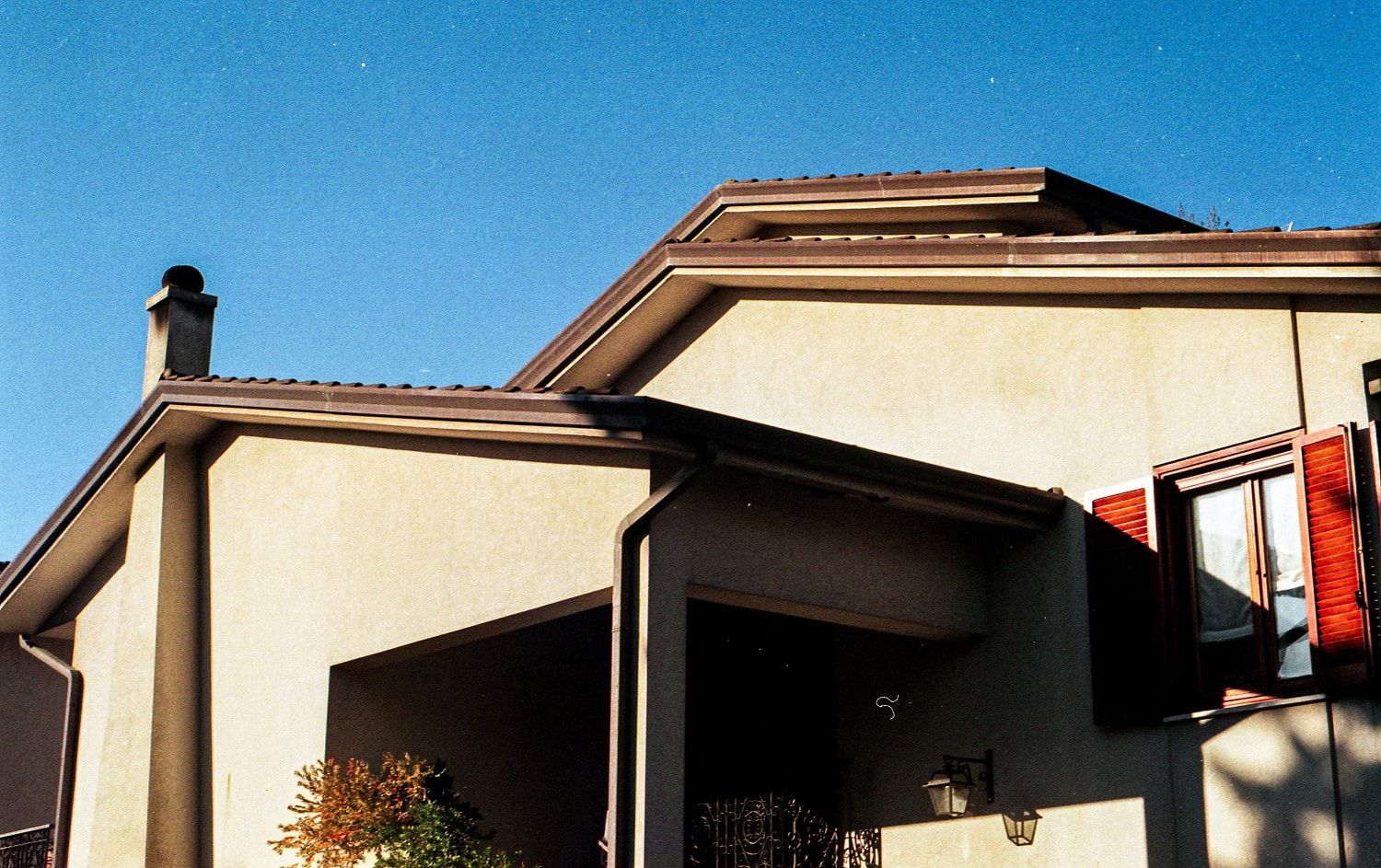

Articles
What To Use Instead Of Gutters
Modified: January 8, 2024
Discover alternative solutions to traditional gutters with our informative articles. Find out what to use instead of gutters for efficient water management.
(Many of the links in this article redirect to a specific reviewed product. Your purchase of these products through affiliate links helps to generate commission for Storables.com, at no extra cost. Learn more)
Introduction
Gutters have long been a common solution for directing rainwater away from our homes’ foundations. However, they come with their fair share of problems. From clogs and leaks to maintenance issues and aesthetic drawbacks, gutters can be more trouble than they’re worth. Fortunately, there are several alternatives available that offer both functionality and visual appeal without the drawbacks of traditional gutters.
In this article, we will explore various options that you can consider instead of traditional gutters. These alternatives not only effectively manage rainwater but also add unique charm to your home. So, if you’re tired of dealing with gutter-related issues or simply looking for a different approach, read on to discover the alternatives that can transform the way you manage rainwater.
Key Takeaways:
- Say goodbye to traditional gutters and explore charming alternatives like rain chains, drip edges, and French drains. Enhance your home’s aesthetics while effectively managing rainwater and protecting your foundation.
- Embrace sustainable rainwater harvesting systems, natural gravel or rock beds, and creatively sloped landscaping. Transform your home’s exterior with functional and visually appealing alternatives to traditional gutters.
Read more: What To Use Instead Of A Dresser
Why Gutters Are Problematic
While gutters are designed to collect and divert rainwater, they often come with a range of problems that can affect the functionality and overall maintenance of your home. Here are some of the key issues with traditional gutters:
- Clogging: One of the most common issues with gutters is clogging. Leaves, twigs, and debris can accumulate in the gutters, leading to blockages. This not only prevents proper water flow but can also result in overflow, causing damage to the fascia and exterior walls.
- Leaks: Over time, gutters can develop leaks, particularly at the joints or where the gutter attaches to the downspout. These leaks can result in water seeping into the foundation and causing structural damage.
- Maintenance: Regular gutter cleaning is essential to prevent clogs and maintain proper water flow. This can be a time-consuming and potentially dangerous task, requiring ladders and reaching into gutters to remove debris.
- Aesthetics: Some homeowners find traditional gutters unappealing from an aesthetic standpoint. The presence of gutters can disrupt the clean lines of a home’s exterior, detracting from its overall curb appeal.
These issues with gutters can be frustrating and may lead homeowners to seek alternative solutions. Fortunately, there are several effective options available that offer a range of benefits without the drawbacks of traditional gutters.
Alternatives to Gutters
If you’re looking for alternatives to traditional gutters, you’ll be pleased to know that there are several options available, each offering its own unique benefits. Let’s explore some of the popular alternatives:
- Rain Chains: Rain chains are a decorative and functional alternative to traditional downspouts. These chains are hung from the roof gutter openings and guide water down in a visually pleasing manner. They create a beautiful waterfall effect and can be customized to match the style of your home.
- Drip Edges: Drip edges are metal strips installed along the roof edge. They help direct rainwater into the gutters while preventing it from seeping behind the fascia board. Drip edges are a cost-effective solution that eliminates the need for traditional gutters while still effectively managing rainwater.
- French Drains: French drains are a popular option for redirecting water away from your home’s foundation. These drains consist of a perforated pipe covered with gravel or rock. They are installed underground and collect excess groundwater, directing it away from the foundation and preventing water damage.
- Rainwater Harvesting Systems: Rainwater harvesting systems provide a sustainable solution for managing rainwater. These systems collect rainwater from your roof and store it for later use. The harvested water can be utilized for irrigation, washing cars, or even as a source of emergency water during dry spells.
- Gravel or Rock Beds: Gravel or rock beds can be strategically placed around your home’s foundation to absorb rainwater and allow it to slowly infiltrate into the ground. This natural drainage solution helps prevent pooling of water near the foundation, reducing the risk of water damage.
- Sloped Landscaping: Landscaping your yard with proper grading and sloping can effectively channel rainwater away from your home. By creating gentle slopes away from the foundation, you can encourage proper water drainage and minimize the need for gutters.
These alternatives offer different approaches to managing rainwater and can be chosen based on your preferences, budget, and specific needs. Whether you prioritize aesthetics, sustainability, or ease of maintenance, there is an alternative to traditional gutters that can suit your requirements.
It’s important to consult with professionals or conduct thorough research before deciding on an alternative to gutters. Consider factors such as your geographical location, climate, and the specific landscaping features of your property to determine the most suitable solution.
Rain Chains
Rain chains have been gaining popularity as a charming alternative to traditional downspouts. These decorative chains are a visually appealing way to redirect rainwater from your roof to the ground. Instead of typical downspouts that can be seen as standard and unattractive, rain chains add a touch of elegance and whimsy to your home’s exterior.
Rain chains come in various designs and materials, such as copper, brass, or even ceramic. As rainwater flows down the chain, it creates a delightful cascading effect that adds a unique visual element to your home. You can choose a rain chain design that complements the architectural style of your house, whether it’s modern, traditional, or rustic.
Aside from their aesthetic value, rain chains also offer functional benefits. They effectively guide the rainwater down from the roof gutter and disperse it evenly onto the ground or into a rain barrel or basin. By breaking the water flow into smaller droplets, rain chains reduce the intensity of the water impact, helping to prevent soil erosion and potential damage to plants or landscaping features below.
Installing rain chains is relatively straightforward. They can be attached to the holes in your existing gutters or directly to the roof eaves. It’s important to ensure that the chain is securely fastened and positioned correctly so that the rainwater is directed away from your home’s foundation.
It’s worth noting that rain chains may not be suitable for areas with heavy rainfall or where water needs to be directed farther away from the foundation. In such cases, combining rain chains with additional rainwater management solutions, like gravel beds or French drains, can optimize the effectiveness of the system.
Overall, rain chains offer an aesthetically pleasing and functional alternative to traditional gutters. They can transform a mundane rainwater drainage system into a visually stunning feature that enhances your home’s exterior appeal.
Drip Edges
Drip edges are metal strips that are installed along the edge of a roof, providing an effective alternative to traditional gutters. These strips are placed under the roofing material and extend beyond the roof edge, creating a protective barrier against water intrusion and directing rainwater into a specific area.
One of the key advantages of drip edges is their ability to prevent water from seeping behind the fascia board, which can lead to rot and other structural damage. By redirecting rainwater away from the roof edge, drip edges help protect the integrity of your home’s roof and walls.
Drip edges are typically made of aluminum or galvanized steel, ensuring durability and resistance to corrosion. They are available in various lengths and widths, allowing for customization to fit your specific roof dimensions.
When installed correctly, drip edges facilitate proper water flow and prevent water from collecting on the roof or pooling near the foundation. They direct rainwater into a designated area, such as a gravel bed or rainwater harvesting system, where it can be safely dispersed or stored for future use.
Installing drip edges requires professional expertise to ensure proper alignment and secure attachment to the roof. It’s crucial to consult with a roofing professional who can assess your roof’s needs and provide guidance on the appropriate drip edge installation.
While drip edges are an effective alternative to gutters in managing rainwater, they may not be suitable for all situations. Areas with heavy rainfall or specific architectural needs may require additional rainwater management solutions. However, drip edges can be combined with other alternatives, such as rain chains or gravel beds, to create a comprehensive and efficient rainwater drainage system.
Overall, drip edges offer a cost-effective and visually unobtrusive alternative to traditional gutters. They provide essential protection against water damage and help maintain the integrity of your home’s exterior, all without the need for regular gutter maintenance or cleaning.
Consider installing a rainwater harvesting system instead of traditional gutters. This system collects rainwater for use in gardening, landscaping, and even flushing toilets, reducing your reliance on municipal water and helping the environment.
Read more: What To Use Instead Of Mixer
French Drains
French drains are an excellent alternative to traditional gutters for managing rainwater and preventing water damage around your home’s foundation. They are especially useful in areas with heavy rainfall or properties with poor drainage systems.
A French drain consists of a perforated pipe surrounded by gravel or rock. This system is installed underground, typically around the perimeter of the house or in specific areas where water tends to collect. The drain is designed to redirect excess groundwater away from the foundation, preventing water buildup and potential damage.
When rainwater or groundwater fills the soil around your home, it can cause hydrostatic pressure, leading to water seepage into the basement or foundation cracks. French drains effectively relieve this pressure by creating a path for water to flow away from the foundation.
The installation of French drains involves digging a trench and placing the perforated pipe at a slight slope to ensure proper water flow. The pipe is then covered with a layer of gravel or rock, which allows water to enter the pipe while preventing soil and debris from clogging it.
French drains can be connected to a drainage system that directs the water to a designated area, such as a storm drain, a dry well, or an irrigation system. Alternatively, the water can be collected in a rain barrel or basin for later use in your garden or landscape.
While French drains are an effective solution for managing rainwater, it is essential to consult with a professional to assess the specific drainage needs of your property. Factors such as soil composition, slope, and rainfall patterns all play a role in determining the design and placement of the French drain system.
By effectively diverting excess groundwater away from your home’s foundation, French drains help prevent water damage, basement flooding, and structural issues. They provide a reliable and long-lasting alternative to traditional gutters, ensuring the protection of your home’s foundation and maintaining its structural integrity.
Rainwater Harvesting Systems
Rainwater harvesting systems offer a sustainable and eco-friendly alternative to traditional gutters by collecting and storing rainwater for future use. These systems not only help manage rainwater but also promote water conservation and reduce reliance on municipal water supplies.
A rainwater harvesting system typically consists of a collection surface, such as the roof of your home, a storage tank, and a filtration system. Rainwater from the roof is directed into gutters, just like with traditional systems, but instead of being carried away, it is channeled into a storage tank.
The collected rainwater can be used for various purposes, such as irrigation, washing cars, flushing toilets, or even as a source of emergency water during droughts or water restrictions. By utilizing rainwater for non-potable needs, you can significantly reduce your water consumption and lower your water bill.
Rainwater harvesting systems can be tailored to fit the specific needs of your property. The size of the storage tank can be determined based on factors such as roof area, average rainfall, and intended use of the collected water. A filtration system is also important to maintain water quality by removing debris, sediments, and potential contaminants.
Installing a rainwater harvesting system may require professional assistance to ensure proper design, installation, and integration with your existing plumbing and irrigation systems. It’s important to check local regulations and guidelines to ensure compliance and optimize the efficiency of your rainwater harvesting system.
Beyond the practical benefits, rainwater harvesting systems also contribute to sustainable living by reducing the demand for potable water and minimizing the strain on natural water resources. They provide an excellent alternative to traditional gutter systems while promoting environmental responsibility.
Considering the increasing focus on sustainability and water conservation, a rainwater harvesting system can be a valuable addition to your home. Not only will you have access to a free and abundant water source, but you will also make a positive impact on the environment by reducing your water footprint.
Gravel or Rock Beds
Gravel or rock beds offer a natural and visually appealing alternative to traditional gutters for managing rainwater. These beds, strategically placed around the perimeter of your home or in areas prone to water pooling, help absorb and filter rainwater, preventing it from pooling near the foundation.
Gravel or rock beds work by allowing rainwater to infiltrate into the ground gradually. The rocks or gravel act as permeable surfaces, enabling water to seep through and disperse into the surrounding soil. This not only helps prevent water damage but also promotes healthy soil conditions by facilitating water absorption by plants and trees.
When installing gravel or rock beds, it’s essential to consider the slope of your property and the natural drainage patterns. By positioning the beds at areas where rainwater tends to collect or flow, you can effectively redirect the water away from your home’s foundation.
The size and type of rocks or gravel you choose for the bed will depend on personal preference and the aesthetic you want to achieve. Larger rocks may provide more effective water dispersal, while smaller gravel can create a smoother and more visually pleasing surface.
In addition to their functionality in managing rainwater, gravel or rock beds offer a decorative element to your landscape design. They can be incorporated into your overall outdoor aesthetic, adding texture, depth, and visual interest to your property.
It’s worth noting that while gravel or rock beds can be an effective alternative to traditional gutters in managing rainwater, they may not be suitable for areas with heavy rainfall or high-water volumes. In such cases, combining gravel or rock beds with other alternatives, such as French drains or rainwater harvesting systems, can optimize the effectiveness of the overall rainwater management system.
Overall, gravel or rock beds provide a natural and visually pleasing solution for managing rainwater around your home. They not only help prevent water damage but also enhance the aesthetics of your outdoor space, creating a harmonious and functional landscape for your property.
Sloped Landscaping
Sloped landscaping offers a creative and effective alternative to traditional gutters by using the natural contours of your property to manage rainwater. By strategically designing slopes and grading your landscape, you can redirect rainwater away from your home’s foundation, minimizing the need for gutters.
The concept behind sloped landscaping is to create gentle slopes that direct rainwater away from your home. By carefully grading your landscape, you can ensure that water flows naturally and efficiently, preventing pooling and potential water damage.
To implement sloped landscaping, you may need professional assistance to assess the topography of your property and design the appropriate grading plan. The degree of slope will depend on factors such as soil composition, rainfall patterns, and the layout of your property.
Landscaping techniques such as creating swales, berms, or terraces can help channel rainwater and promote proper drainage. Swales are shallow, wide trenches that collect and redirect water, while berms are raised areas of soil that help divert water away from specific areas. Terraces include leveled platforms that lower water velocity and allow for gradual absorption.
In addition to managing rainwater, sloped landscaping offers other benefits. It can create visual interest in your yard, provide opportunities for gardening and planting, and enhance the overall appeal of your outdoor space.
It’s important to note that while sloped landscaping can be an effective alternative to traditional gutters, it may not be suitable for properties with extreme slopes or heavy rainfall. In such cases, combining sloped landscaping with other alternatives like rain chains or French drains can optimize the drainage system’s effectiveness.
Proper maintenance of sloped landscaping is necessary to ensure its functionality. Regular inspection and maintenance of slopes, swales, and terraces, such as removing debris or adjusting the soil, will help maintain their effectiveness in managing rainwater runoff.
Overall, sloped landscaping provides a natural and visually appealing alternative to traditional gutters. By leveraging the contours of your property, you can create an efficient rainwater management system that not only protects your home but also adds beauty and functionality to your outdoor space.
Read more: What To Use Instead Of A Loofah
Conclusion
Traditional gutters have long been the go-to solution for managing rainwater around our homes. However, they come with their fair share of problems, from clogging and leaks to maintenance issues and aesthetic drawbacks. Fortunately, there are several alternatives available that effectively manage rainwater while offering unique benefits and visual appeal.
Rain chains provide a charming and decorative alternative, guiding rainwater in a visually pleasing manner and adding elegance to your home. Drip edges, on the other hand, offer a subtle, cost-effective solution that directs rainwater away from your home’s foundation, preventing water damage.
French drains are a popular choice for areas with heavy rainfall, effectively redirecting excess groundwater away from the foundation and protecting against water seepage and structural damage. Rainwater harvesting systems provide a sustainable approach, collecting rainwater for various non-potable uses and reducing reliance on municipal water supplies.
Gravel or rock beds offer a natural solution, allowing rainwater to infiltrate the ground gradually and preventing pooling near the foundation. Lastly, sloped landscaping utilizes the natural contours of your property to redirect rainwater, creating visually appealing landscapes and effective drainage systems.
Each alternative has its own benefits and considerations, and it’s essential to choose the one that best suits your specific needs, budget, and preferences. It’s also crucial to consult with professionals and consider factors such as rainfall patterns, soil composition, and local regulations when implementing these alternatives.
By exploring these options, you can find an alternative to traditional gutters that not only effectively manages rainwater but also adds charm, sustainability, and functionality to your home. Say goodbye to the problems associated with traditional gutters and embrace these alternatives to elevate your rainwater management system.
Remember, whether you opt for rain chains, drip edges, French drains, rainwater harvesting systems, gravel or rock beds, or sloped landscaping, you can enhance the aesthetics of your home while maintaining proper water management and protecting your foundation from potential damage. Take the time to assess your needs and choose the alternative that aligns best with your vision for a beautiful, functional, and rain-resistant home.
Frequently Asked Questions about What To Use Instead Of Gutters
Was this page helpful?
At Storables.com, we guarantee accurate and reliable information. Our content, validated by Expert Board Contributors, is crafted following stringent Editorial Policies. We're committed to providing you with well-researched, expert-backed insights for all your informational needs.

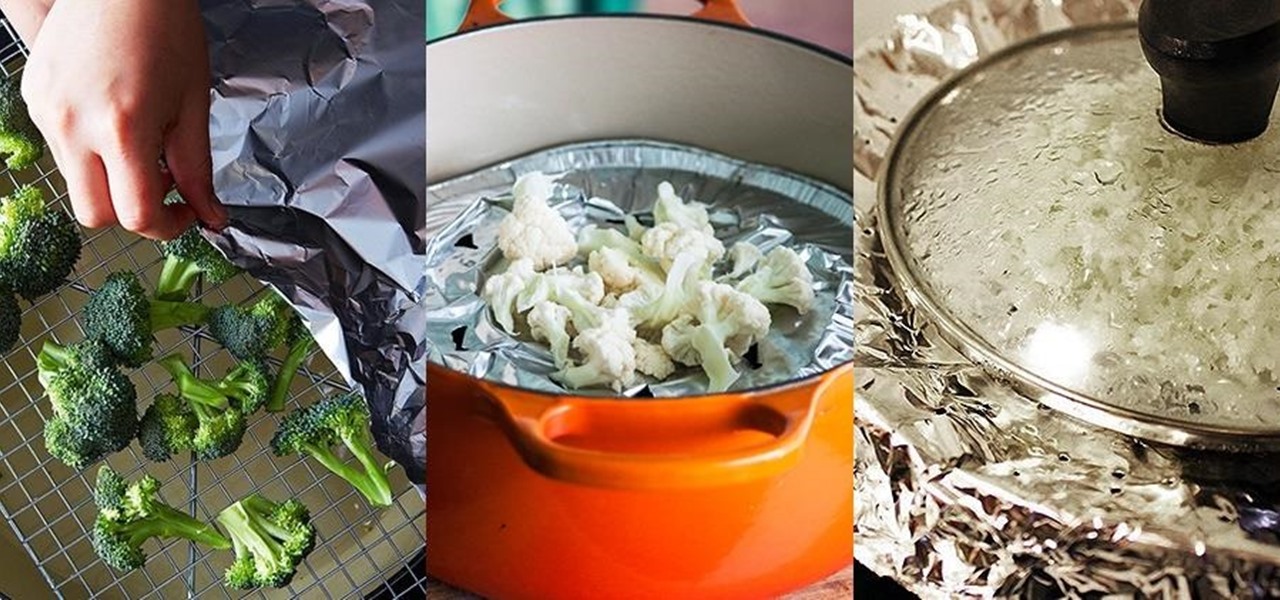

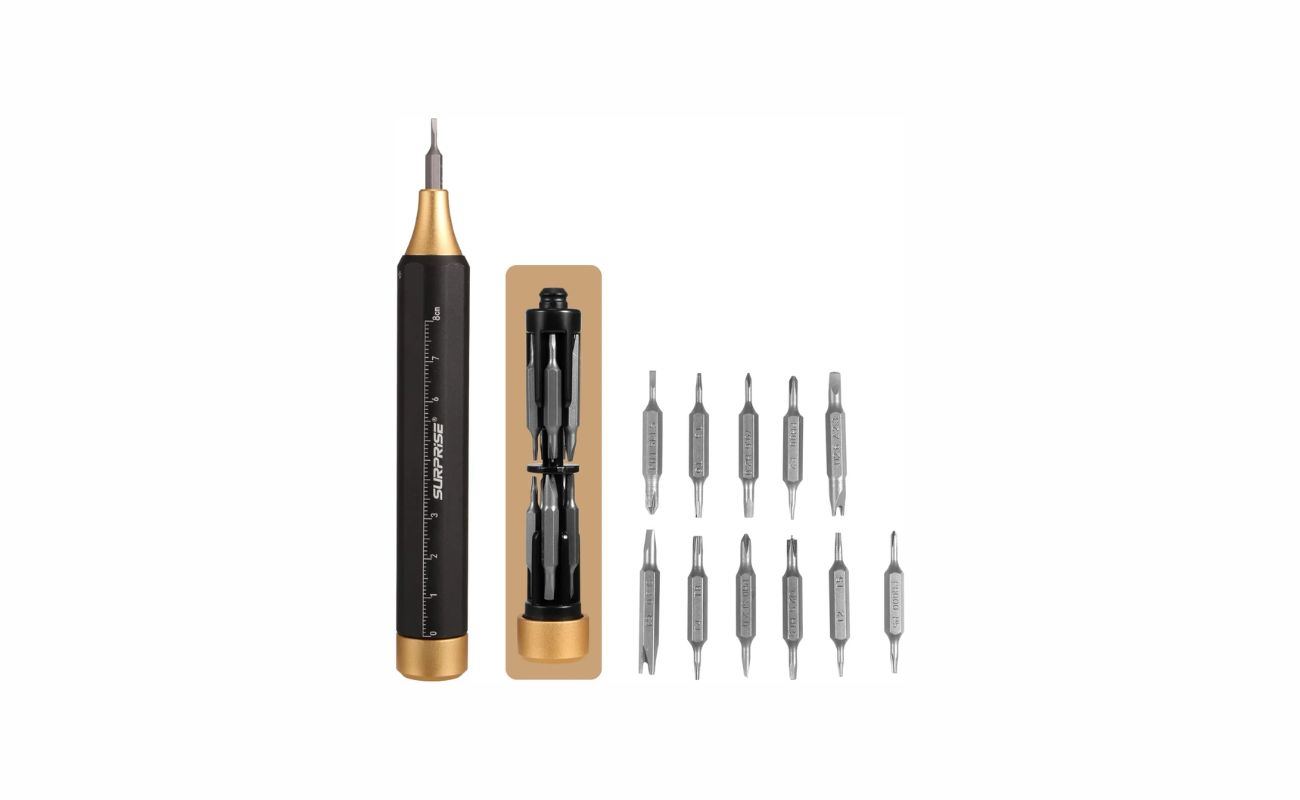

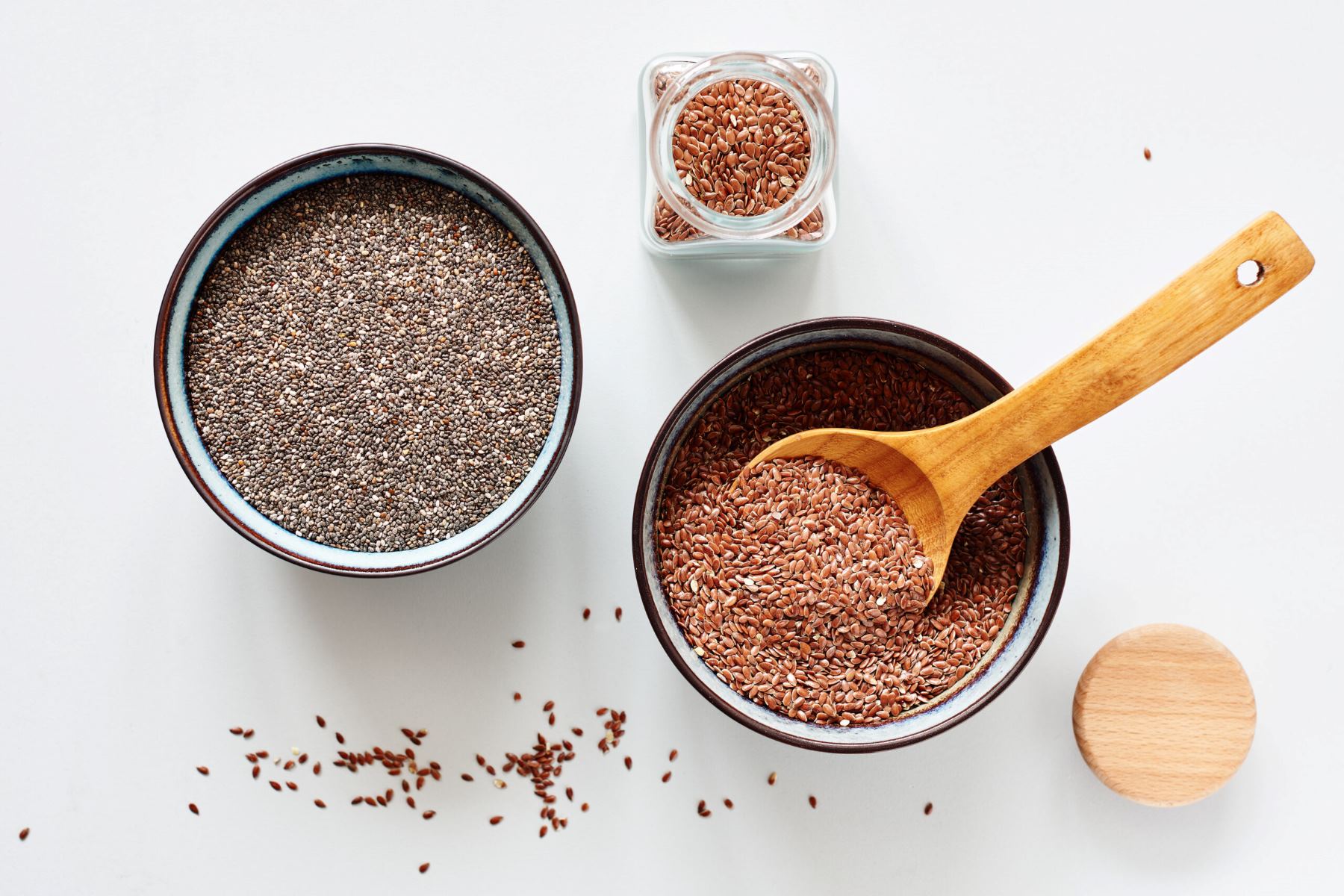

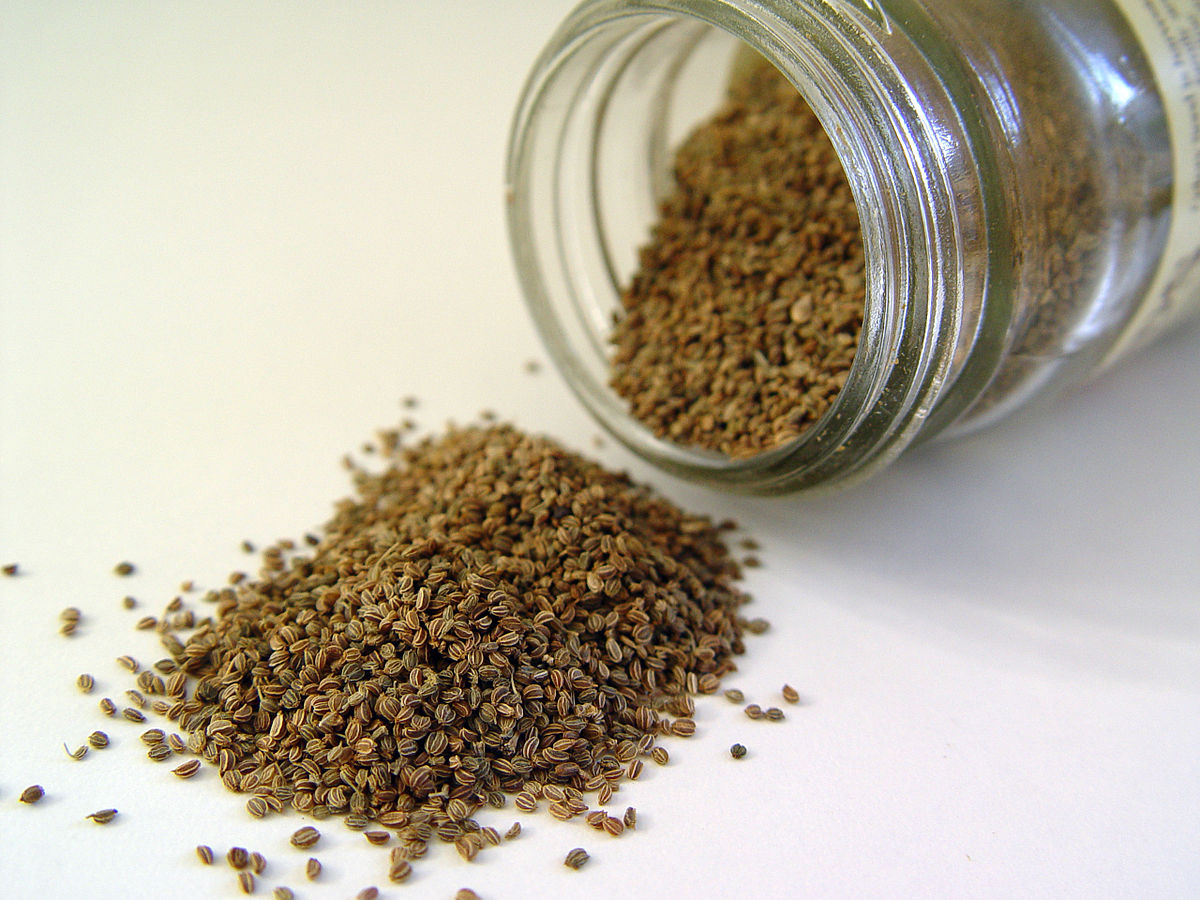
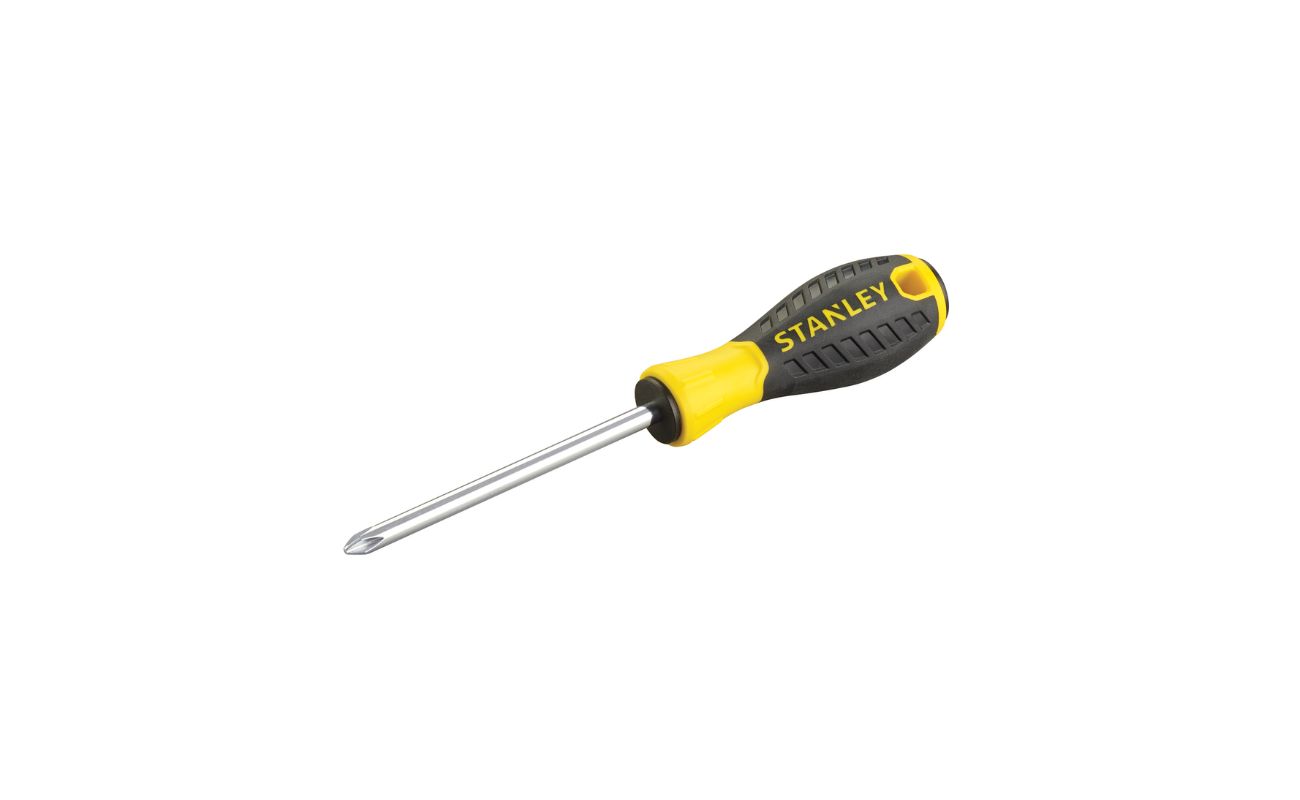
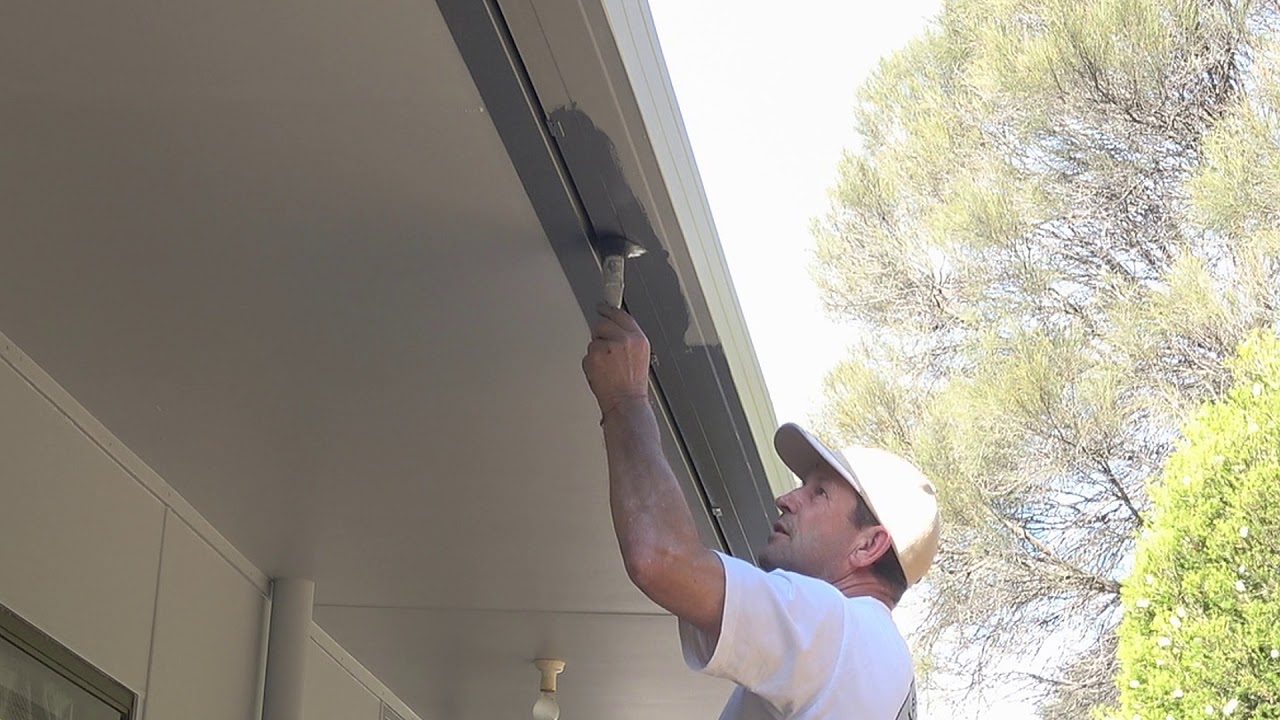

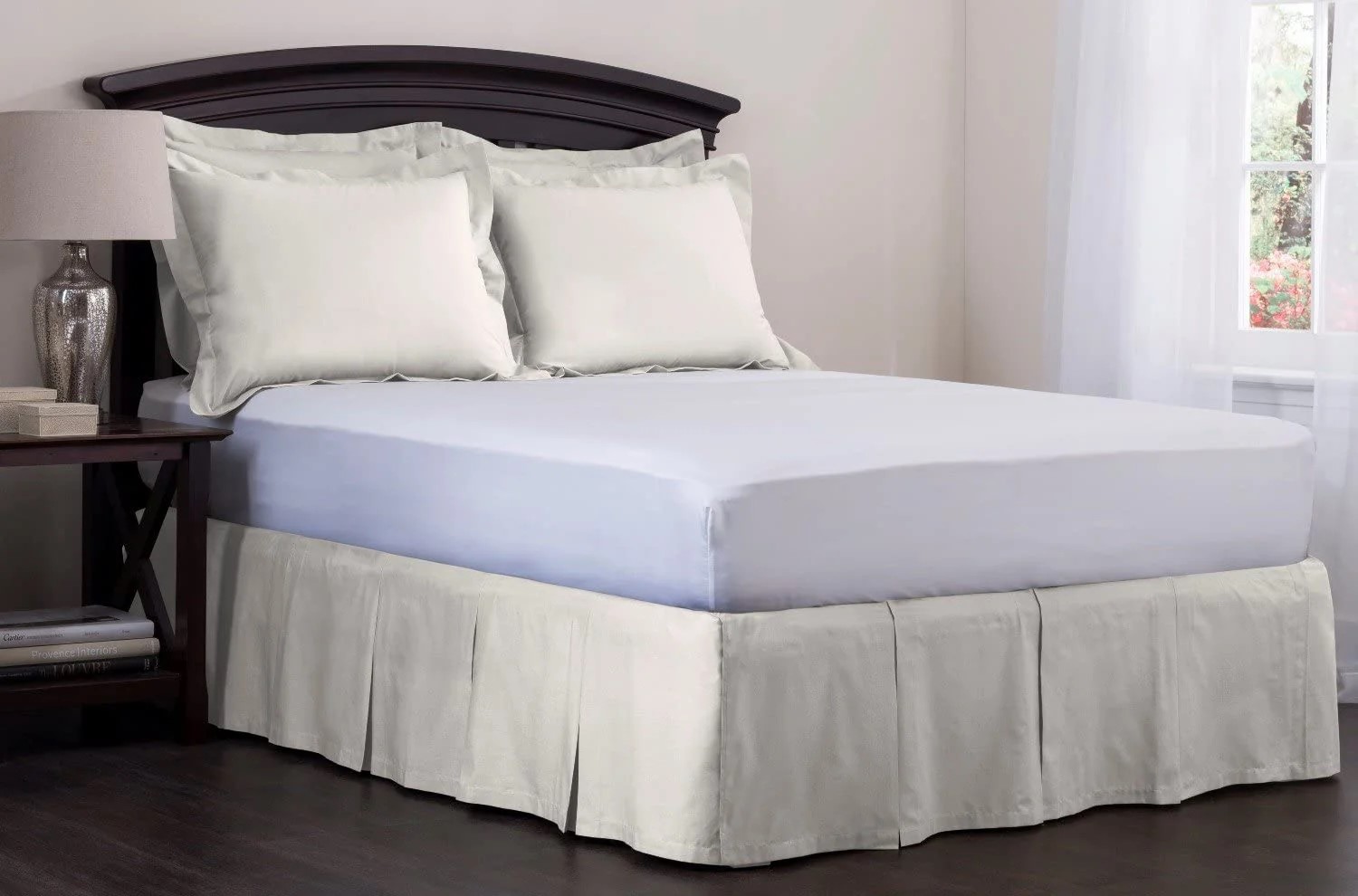
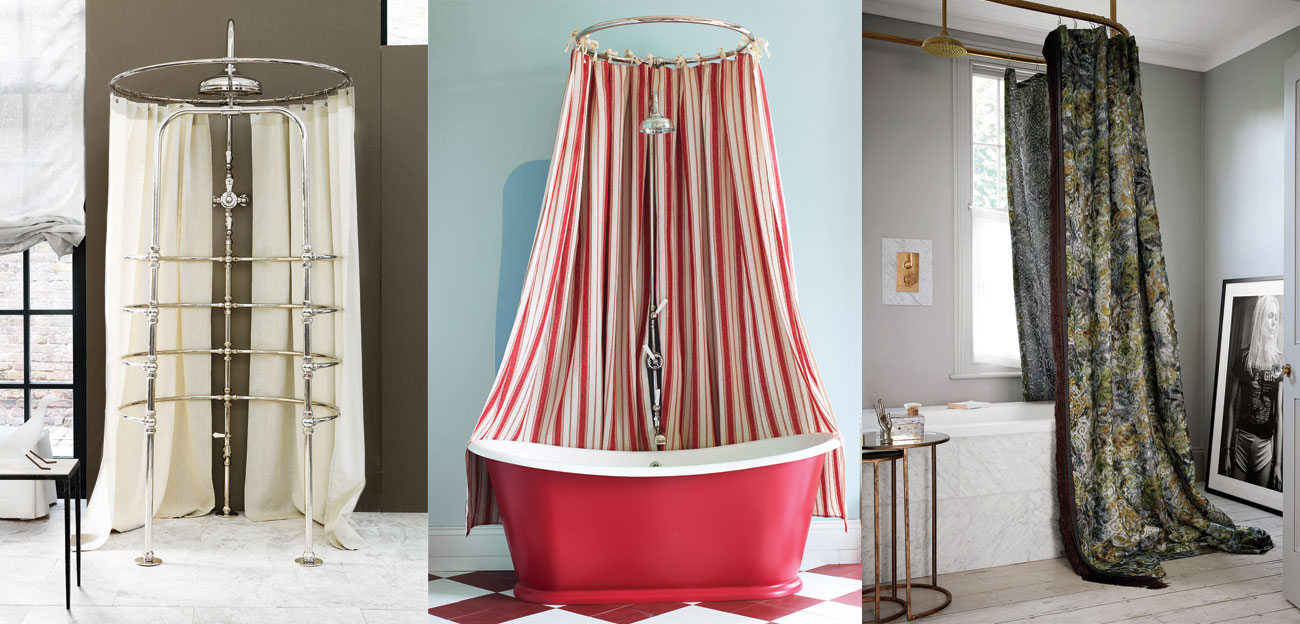

0 thoughts on “What To Use Instead Of Gutters”